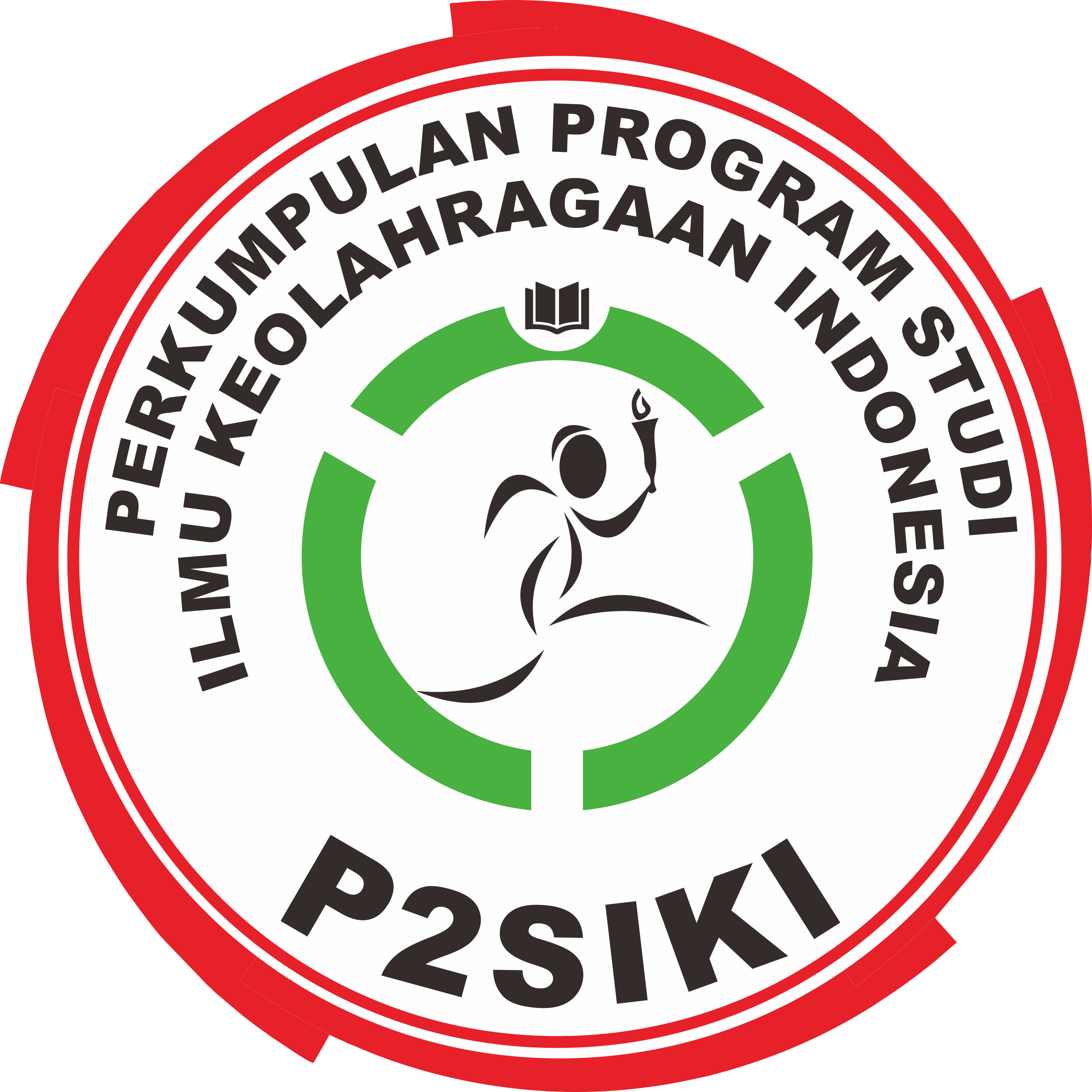Wheelchair Athletes and Their Considerations in Sporting Activities
(1) Faculty of Sports Science & Recreation, Universiti Teknologi Mara, Malaysia
(2) Faculty of Sports Science & Recreation, Universiti Teknologi Mara, Malaysia
(3) Faculty of Sports Science & Recreation, Universiti Teknologi Mara, Malaysia
Abstract
Keywords
Full Text:
PDFReferences
Aljure, J., Eltorai, I., Bradley, W.E., Lin, J.E., Johnson, B. 1988. Carpal tunnel syndrome in paraplegic patients. Paraplegia, 23: 182-6
Alley, R.M., Pappas, A.M. 1995. Acute and chronic performance related injuries of the elbow. In: Pappas, A.M. ed. Upper extremity injuries in the athlete. New York: Churchill Livingstone, 349
Astrand, P.O., Saltin, B. 1961. Maximal oxygen uptake and heart rate in various types of muscular activity. J Appl Physiol. 16: 977-981
Bar-Or, O., Zwiren, L.D. 1975. Jmaximal oxygen consumption test during arm exercise-reliability and validity. J Appl Physiol. 38: 424-426
Bernard, P.L., Codine, P., Minier, J. 2004. Isokinetic shoulder rotator muscles in wheelchair athletes. Spinal Cord. 42: 222-229
Bloomquist, L.E. 1986. Injuries to athletes with physical disabilities: prevention implications. Phys Sports Med. 14(9): 97-105
Burnham, R.S., Steadward, R.D. 1994. Upper extremity peripheral nerve entrapments among the wheelchair athletics: prevalence, location, and the risk factors. Arch Phys Med Rehabil. 75:519-24
Busconi, B.S., Curtis, K.A. 1995. Physically challenged athletes. In: Pappas, A.M, ed. Upper extremity injuries in the athlete. New York: Churchill-Livingstone, 101-16.
Claussen, J.P. 1977. The effect of physical training on cardiovascular adjustments to exercise in man. Physiol Rev. 57: 779-815
Curtis, K.A. 1982. Wheelchair sports medicine, part 4: Athletic injuries. Sports N Spokes. Jan-Feb: 20-4
Curtis, K.A., Dillon, D.A. 1985. Survey of wheelchair athletic injuries: common patterns and prevention. Paraplegia, 23: 170-5
Curtis, K.A., Steward, R.D., Weiss, M.C. 1990. Impairment no barrier to fitness. Patient Care. 15: 130-143
Davis, O.M. 1993. Exercise capacity of individuals with paraplegia. Med Sci Sports Exerc, 25(4): 423-432
Dednarczyk, J.M. 1994. Kinematics of wheelchair propulsion in adults and children with spinal cord injury. Arch Phys Med Rehab, 75: 1327-1333
Downey, j.A., Chiodi, H.P., Darling, R.C. 1967. Central temperature regulations in the spinal man. J Appl Physiol 22: 91-94.
Downey, J.A., Huckaba, C.E., Kelley, P.S., Tam, H.S., Darling, R.C., Cheh, H.Y. 1969. Thermoregulatory responses to deep and superficial cooling in man. J. Appl Physiol. 27: 209-212
Ekblom, B., Lundberg, A. 1968. Effects of physical training on adolescents with severe motor handicaps. Acta Paediatr Scand. 57: 17-23
Emes, C. Physical Work Capacity of Wheelchair Athletes. Ibid: 209-212
Ferara, M.S., Buckley, W.E., McCann, B.C., Limbird, T.J., Powell, J.W., Robl, R. 1992. The injury experience of the competitive athlete with a disability: prevention implications. Med Sci Sports Exerc, 24: 184-88
Ferara, M.S., Davis, R.W. 1990. Injuries to elite wheelchair athletes. Paraplegia, 28: 335-341
Franklin, B.A., Swantek, K.I., Grais, S.L., Johnstone, K.S., Gordon, S., Timmis, G.C. 1990. Field test estimation of maximal oxygen consumption in wheelchair users. Arch Phys Med Rehabil, 71(8): 574-578
Gass, C.G., Camp, E.M. 1979. Physiological characteristics of trained paraplegic and tetraplegic subjects. Med Sci Sports. 11: 256-259
Gellman, H. et al. 1988. Carpal tunnel syndrome in paraplegic patients. J. Bone Joint Surg. 70A(4): 517-9
Gessaroli, M.E., Robertson, D.G.E. 1980. Comparison of two wheelchair sprint starts (abstr). Can J Appl Sports Sci 5
Guttmann, L., Silver, J., Wyndham, C.H. 1958. Thermoregulation in spinal man. J Physiol. 142: 406-419
Hartung, G.H., Lahy, D.A., Blaneq, R.J. 1993. Comparison of treadmill exercise testing protocols for wheelchair users. Eur J Appl Physiol Occup Physiol. 66: 362-365
Herring, S.A., Nilson, K.L. 1987. Introduction to overuse injuries. Clin Sports Med. 6(2): 225-39
Hinton, R.Y. 1988. Isokinetic evaluation of shoulder rotational strength in high school baseball pitchers. Am J Sports Med 16: 274-279
Hjeltnes, N. 1977. Oxygen uptake and cardiac output in graded arm exercise in paraplegia with low level spinal lesions. Scand J Rehabil Med. 9: 107-113
Hoeberigs, J.H., Debets-Eggen, H.B.L., Debets, P.M.L. 1990. Sports medical experiences from the international flower marathon for disabled wheelers. Am J Sports Med. 18(4): 418-21
Howell, S.M., Galinar, B.J. 1986. The glenoid labral socket: a constrained articular surface. Clin Orthop. 243: 122-35
Kibler, W.B. 1995. Pathophysiology of overload injuries around the elbow. Clin Sports Med. 14(2): 447-57
Kottke, F.J.,lehmann, J.F. 1994. Manual De Medicina Do Fisica De Reabilitacao. 4th ed. Sao Paulo: Manole.
Kulig, K. et al. 1998. Shoulder joint kinetics during push phase of wheelchair propoulsion. Clin Orthop. 354: 132-143
Laskin, J.J., Slivka, D., Frogley, M. 2004. A cadence based sub-maximal field test for the prediction of peak oxygen consumption in elite wheelchair basketball athletes. J Exerc Physiol. 7(1): 8-18
Leger, l., Boucher, R. 1980. An indirect continuous running multistage field test: The Universite de Montreal track test. Can J Appl Sport Sci. 5(2): 77-84
Madorsky, J.G.B., Curtis, K.A. (1984). Wheelchair sports medicine. Am J Sports Med. 12(2): 128-132
Mc Master, W.C., Long, S.C., Caiozzo, V.J. 1991. Isokinetic troque imbalance in rotator cuff of elite water polo players. Am J Sports Med, 19: 72-75
McArdle, W.D., Glaser, R.M., Mayel, J.R. 1971. Metabolic and cardiorespiratory response during free swimming and tredmill walking. J Appl Physiol. 30: 733-738
Mulroy, S.J., Gronley, J.K., Newsam, C.J., Perry, J. 1996. Electromyographic activity of shoulder muscles during wheelchair propulsion by paraplegic persons. Arch Phys Med Rehabil. 77: 187-193
Nilsen, R., Nygaard, P., Bjorholt, P.G. 1985. Complications that may occur in those with spinal cord injuries who participate in sport. Paraplegia. 23:152-8
Nilsson, S., Staff, P., Pruett, E. 1975. Physical work capacity and the effect of training on subjects with long standing paraplegia. Scand J Rehabil Med. 7: 51-56
Noonan, V., Dean., E. 2000. Submaximal exercise testing: clinical application and interpretation. Phys Ther, 80(8): 782-807
Petrofsky, J.S. 1992. Thermoregulatory stress during rest and exercise in heat in patients with a spinal cord injury. Ear J Appl Physiol. 64: 503-507
Pollock, M., Miller, H., Linnerud, A., Laughridge, E., Coleman, E., Alexander, E. 1974. Arm pedaling as an endurance training regimen for the disabled. Arch Phys Med Rehabil. 55: 418-424
Price, M.J., Campbell, I.G. 2002. Thermoregulatory responses of able-bodied, upper body trained athletes to prolonged arm crank exercise in cool and hot conditions. J Sports Med. 20: 457-463
Price, M.J., Campbell, I.G. 2003. Effects of spinal cord lesion level upon thermoregulation during exercise in the heat. Med Sci Sports Exerc. 35: 1100-1107
Rasmussen, B., Klausen, K., Clausen, J.P., Trap-Jens, J. 1975. Pulmonary ventilation, blood gases, and blood pH after training of arms and legs. J Appl Physiol. 38: 250-256
Ryu, R.K., Mc Cormick, J., Jobe, F.W., Moynes, D.R., Anatonelli, D. An electromyographic analysis of shoulder function in tennis players. Am J Sports Med. 16: 481-485
Shepard, R.J. 1965. The development of cardiorespiratory fitness. Med Serv J Can. 21: 533-544
Shepard, R.J. 1977. Endurance fitness, 2nd ed. U of Toronto Pr, Toronto.
Smith, E.E., Guyton, A.C., Manniny, R.D., Whitey, R.J. 1976. Integrated mechanism of cardiovascular response and control during exercise in the normal human. Prog Cardiovasc Dis. 18: 421-443
Steward, R.D., Peterson, C. 1997. Paralympics where heroes come. Canada:dw friezes Ltda.
Stoboy, H., Wilson-Rich, B. 1971. Muscle strength and electrical activity, heart rate and energy cost during isometric contractions in disabled and non-disabled. Paraplegia. 8: 217-222
Taylor, D., Williams, T. 1995. Sports injuries in athletics with disabilities: wheelchair racing. Paraplegia . 33: 296-9
Van der Woude, L.H., Van Kranen, H., Ariens, G., Rozendhal, R.H., Veeger, H.E. 1995. Physical strain and mechanical in hubcrank and handrim wheelchair propulsion. J Med Eng Technol, 19: 123-131
Vanderthommen, M., Francaux, M., Colinet, C., Lehance, C., Lhermerout, C., Criellard, J.M., Theissen, D.A. 2002. Multistage field test of wheelchair users for evaluation of fitness and prediction of peak oxygen consumption. J Rehabil Res Dev 39(6): 685-692
Vanlandewijck, Y.C., Daly, D.J., Theisen, D.M. 1990. Field test evaluation of aerobic anaerobic and wheelchair basketball skill performances. Int J Sports Med. 20(8): 548-554
Vinet, A., Bernard, P.L., Poulain, M., Varray, A., LeGallais, D., Micallef, J.P. 1996. Validation of an incremental field test for the direct assessment of peak oxygen uptake in wheelchair dependent athletes. Spinal Cord. 34(5): 288-293
Vokac, Z., Bell, H.J., Bautz-Holtes, E., Rodahl, K. 1975. Oxygen uptake / heart rate relationship in leg and blood pH after training of arms or legs. J Appl Physiol. 38: 54-59
Webborn, N., Price, M.J., Castle, P.C., Goosey-Tolfrey, V.L. 2005. Effects of two cooling strategies on the thermoregulatory responses of tetraplegic athletes during repeated intermittent exercise in the heat. J Appl Physiol. 98: 2101-2107
Wicks, J., Lymburner, K., Dinsdale, S., Jones, N. 1977-78. The use of multistage exercise testing with wheelchair ergometry and arm cranking in subjects with spinal cord lesions. Paraplegia. 15: 252-261
Wilder, R.P., et al. 1994. Elbow and forearm. In: Buschbacher R.M., ed. Musculoskeletal disorders: a practical guide for diagnosis and rehabilitation. Stoneham, MA: Butterworth-Heinemann: 163-9
Wilk, K.E., Andrews, J.R., Arrigo, C.A., Keirns, M.A., Erber, D.J. 1993. The strength characteristics of internal and external rotator muscles in professional baseball pitchers. Am J Sports Med 21: 61-66
Zwiren, L., Bar-On, O. 1975. Responses in exercise of paraplegics who differ in conditioning level. Med Sci Sports 7: 94-98
Refbacks
- There are currently no refbacks.
Published by:
Department of Sport Science, Universitas Negeri Semarang
Gd. F1 Lt. 1 FIK-UNNES, Jalan Raya Sekaran Gunungpati Semarang Indonesia 50229, Telp/Fax: (024) 8508007
This work is licensed under a Creative Commons Attribution 4.0 International License.




